6 Easy Ways to Replace Ice Cream Salt
Ice cream salt substitutes have transformed the way many people make frozen treats at home without specialized ingredients.
Most amateur dessert makers face the challenge of not having rock salt on hand when spontaneous ice cream cravings strike.
Several common household items can step in effectively when traditional freezing agents aren't available.
The beauty of these alternatives lies in their accessibility – items already sitting in kitchen cabinets or refrigerators can often work perfectly.
No special shopping trip becomes necessary when you feel inspired to create cold desserts on a warm summer afternoon.
These clever replacements maintain the essential freezing properties while sometimes adding unique benefits not found in standard ice cream salt.
Every home chef should know about these practical options before the next homemade ice cream emergency arises.
Why You Might Need an Ice Cream Salt Alternative
Sometimes you need to swap out ice cream salt, also called rock salt, when making homemade frozen treats, and knowing the reasons helps you pick the best alternative and still get great results:
Ice Cream Salt Alternatives to Check
Ice cream salt running out can be solved by stirring in an option that works for the same task. From there, the process flows just as smoothly.
Kosher Salt
Kosher salt makes an excellent substitute for regular salt when you're pressed for time, especially since it lacks additives like iodine and anti-caking agents that might affect flavor.
Many ice cream enthusiasts prefer using kosher salt in their ice cream makers because of its purity and consistent results.
For best results, start by using about half the amount of kosher salt compared to the rock salt called for in any recipe.
The coarser texture of kosher salt allows it to dissolve more gradually, giving you better control over the freezing process.
Additional salt can always be incorporated slowly if needed, helping you achieve the perfect consistency in your homemade frozen treats.
Himalayan Pink Salt
Himalayan pink sea salt offers a fantastic alternative to regular table salt in homemade ice cream creations.
The beautiful pink crystals dissolve more slowly than ordinary salt, creating a longer-lasting cooling effect for your frozen treats.
Many ice cream enthusiasts appreciate its rich mineral content, which adds a subtle depth of flavor that plain table salt simply can't match.
This specialty salt comes in various grain sizes, with larger crystals being ideal replacements for traditional rock salt in ice cream makers.
For best results, you can use the same quantity of pink Himalayan salt as you would rock salt, making the substitution straightforward and hassle-free.
Maldon Sea Salt
Maldon salt serves as a decent alternative to rock salt with its similar size and taste profile, though it comes with a higher price tag.
Many people appreciate its delicate flaky texture when sprinkled on dishes just before serving.
For ice cream making, you only need half the amount compared to regular rock salt, making your expensive Maldon stretch further.
This specialty salt originates from Essex, England, where it has been harvested using traditional methods since 1882.
While primarily known as a finishing touch for meats and vegetables, Maldon works in a pinch when you're out of coarser salts for cooking or food preservation.
Table Salt
Substituting rock salt with regular table salt in ice cream recipes is a smart choice that many people don't know about.
These salts contain identical sodium chloride amounts, making them interchangeable despite their different appearances.
Table salt offers several advantages as it's more refined, dissolves better in cold water, and won't affect your ice cream's flavor or texture.
Rock salt, while traditionally used, comes with drawbacks including higher cost, more difficult dissolution, and greater environmental impact through chloride release.
For home ice cream making, the finer granules of table salt work perfectly well, though rock salt's larger crystals might provide slightly better temperature regulation during the freezing process.
Coarse Sea Salt
Coarse sea salt offers a fantastic alternative to kosher salt with its slightly different taste and larger crystals that dissolve more slowly in recipes.
When substituting, remember that one-fourth teaspoon of coarse sea salt generally equals one tablespoon of kosher salt, though you might need to adjust amounts slightly without drastically changing the flavor.
Surprisingly, this salt makes an excellent finishing touch for ice cream, adding a beautiful complementary flavor that elevates the dessert.
The natural composition of coarse sea salt eliminates the need for refrigeration, allowing a small amount to last quite a long time in your kitchen.
Epsom Salt
Epsom salt serves as an excellent substitute for ice cream salt with advantages that extend beyond food preparation.
Many people prefer it because of its indefinite shelf life and effectiveness in the freezing process.
Epsom salt offers numerous health benefits including treatment for skin problems and relief from muscle aches, making it more than just a kitchen ingredient.
Beyond cooking and health applications, gardeners value this versatile compound for helping seeds germinate properly.
Despite its slightly bitter flavor that might alter the taste of food slightly, this drawback hardly matters when used externally for freezing ice cream.
Those concerned about having the right salt on hand for homemade ice cream will find Epsom salt readily available in most grocery stores.
Tips for Making Ice Cream Without Ice Cream Salt
You can still make creamy, homemade ice cream even if you don’t have ice cream salt on hand, as long as you follow a few simple tricks to keep everything cold and smooth:
Use Coarse Salt
Swap in kosher salt, coarse sea salt, or large crystal salt for the ice and salt mix in your ice cream maker; they all lower the freezing point of ice.
Measure Carefully
If substitute salt crystals are smaller than rock salt, use a little less, or the ice will melt too fast and freeze the mixture unevenly.
Keep It Cold
Use extra ice around your ice cream canister, layering it with salt to ensure your mixture gets cold enough to freeze smoothly.
Shake It Up
For ice cream in a bag, double-bag the mixture and surround it with plenty of ice and salt substitute to keep it cold and prevent leaks.
Watch the Texture
Stop churning as soon as the ice cream firms up, over-churning can make it icy or grainy, especially with different salt sizes.
Rinse If Needed
If concerned about salty flavors sneaking in, quickly rinse the outside of the container before opening to keep salt from dripping into your dessert.
Ice Cream Salt Swaps: Your Questions Answered
1. Can I use regular table salt instead of ice cream salt?
Yes, but use less because table salt is finer and more concentrated. Too much may make the ice cream base too salty.
2. Are there food-grade alternatives to rock salt?
Kosher salt and sea salt are both food-grade and safe alternatives to rock salt for use in ice cream making.
3. Will using a substitute change the flavor of my ice cream?
The salt shouldn’t enter the ice cream itself, so the flavor should remain unchanged if used correctly around the canister.
4. Can I make ice cream without any salt?
Salt is needed to lower the freezing point for traditional ice cream makers, but salt isn’t required for electric or no-churn methods.
5. Is Himalayan pink salt a good alternative to ice cream salt?
Yes, coarse Himalayan salt can be used, but its mineral taste may be slightly noticeable if it comes in contact with the ice cream.
6. Are there dairy-free or vegan alternatives for ice cream salt?
All salts listed are vegan and dairy-free, so choose based on texture and availability rather than dietary needs.
7. Can I reuse the salt after making ice cream?
Yes, you can reuse salt for multiple batches, but discard it if it gets dirty or contaminated.

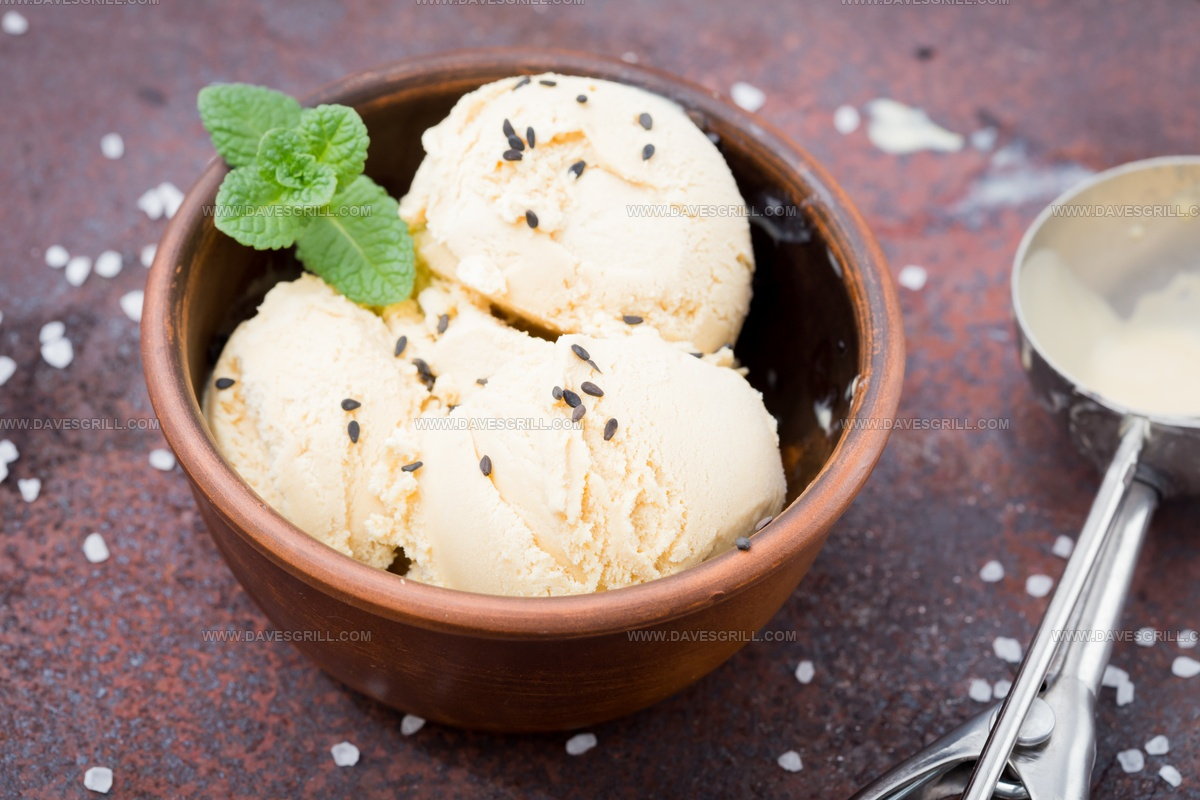
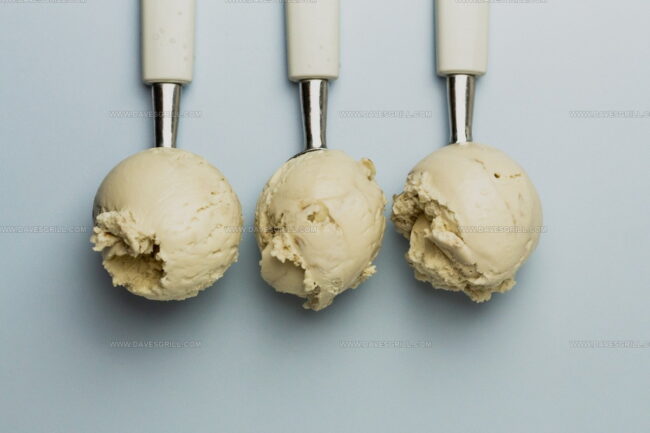
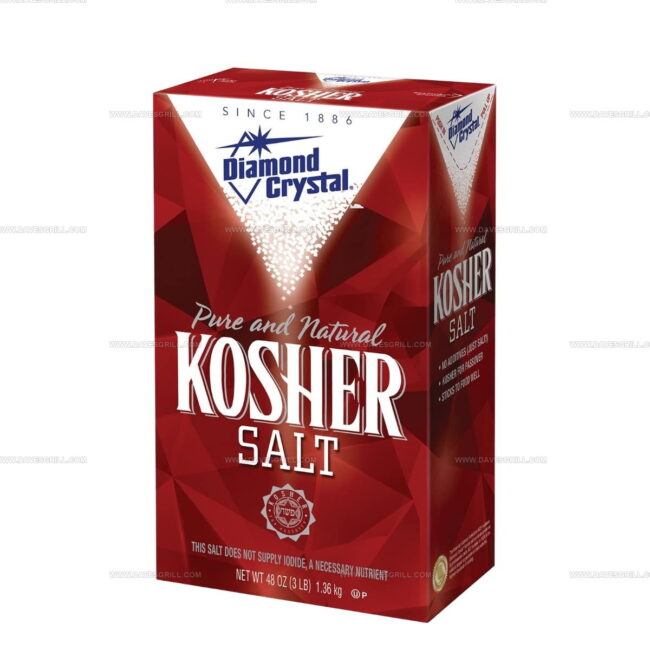
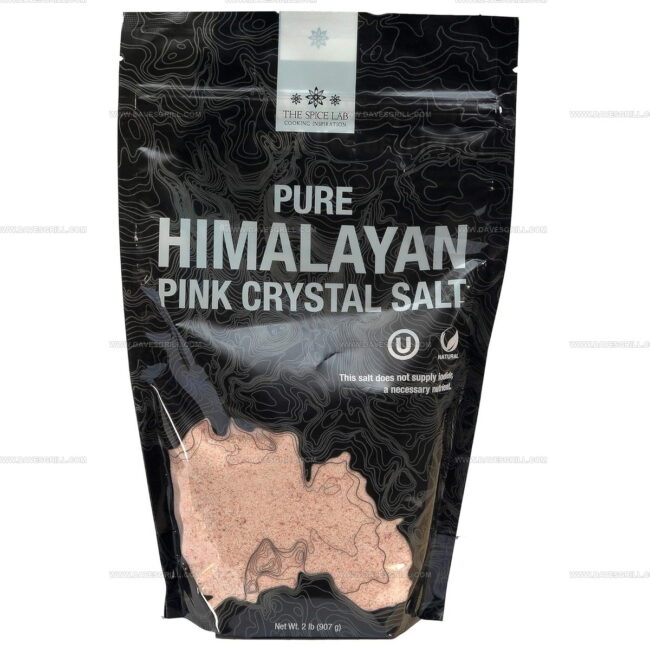
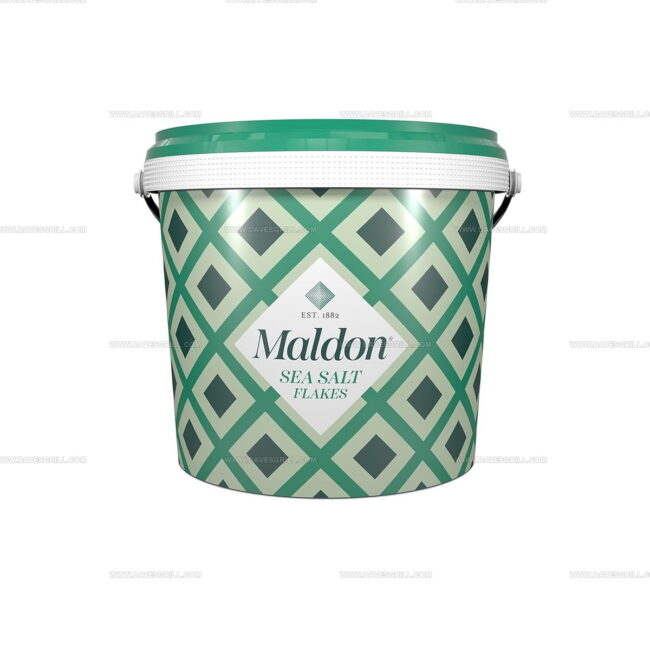
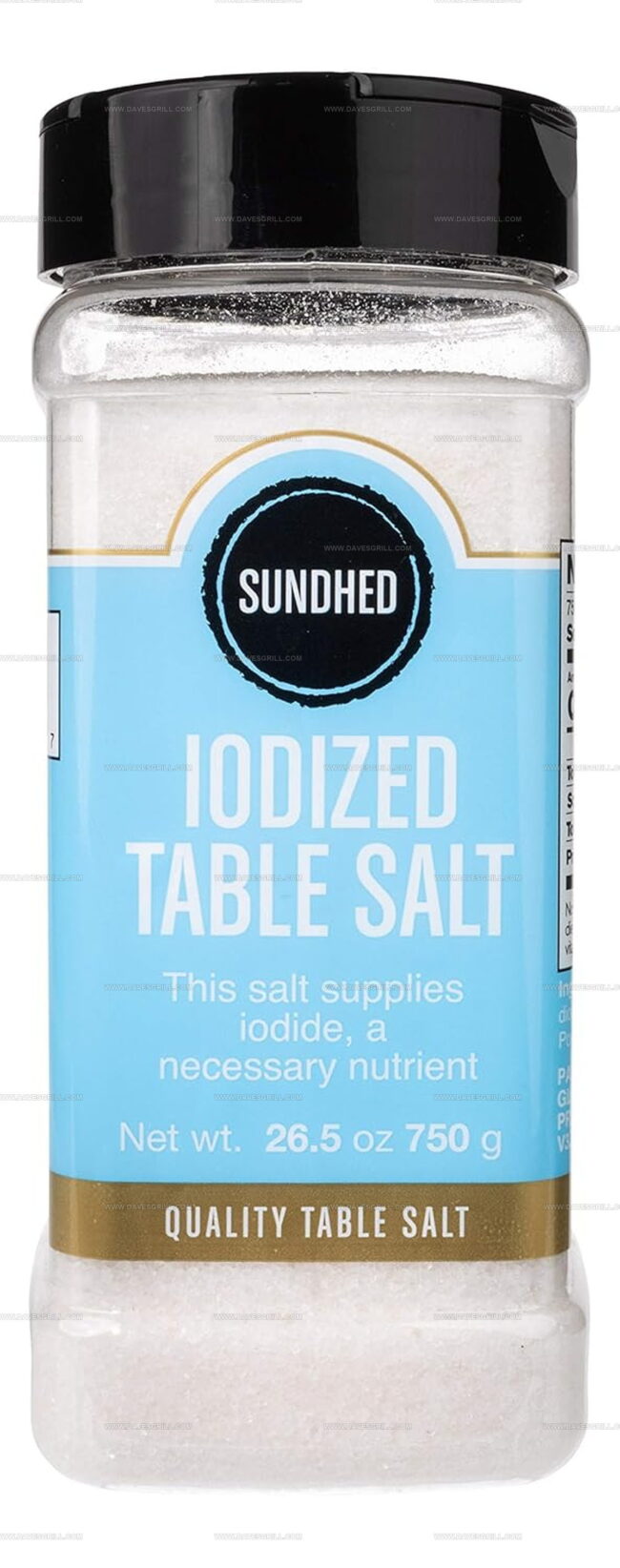
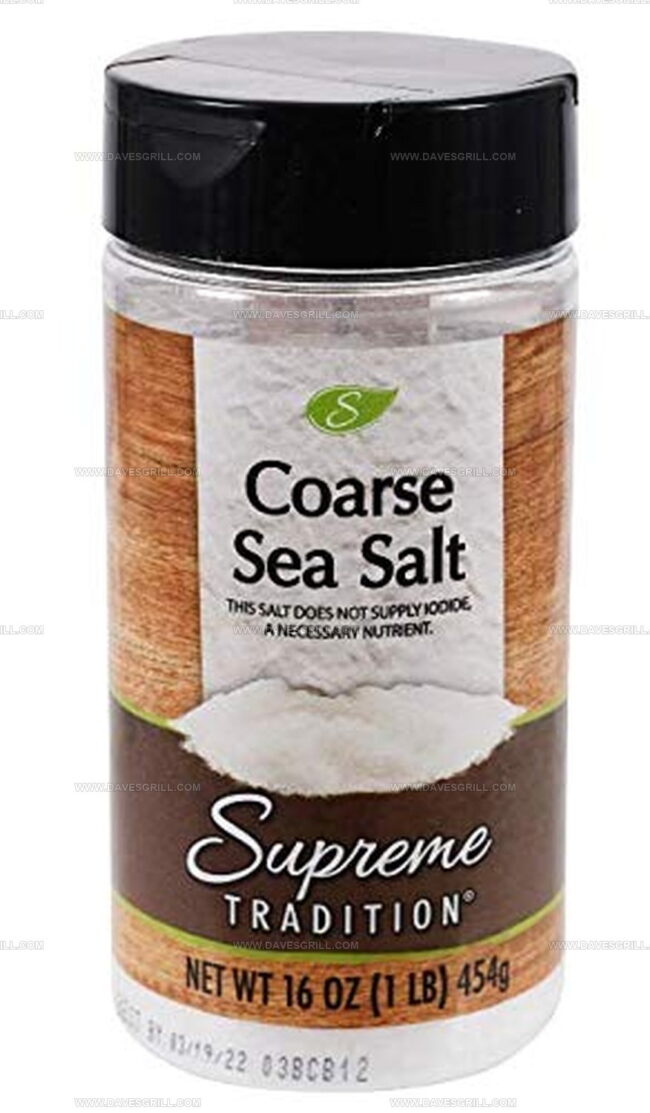
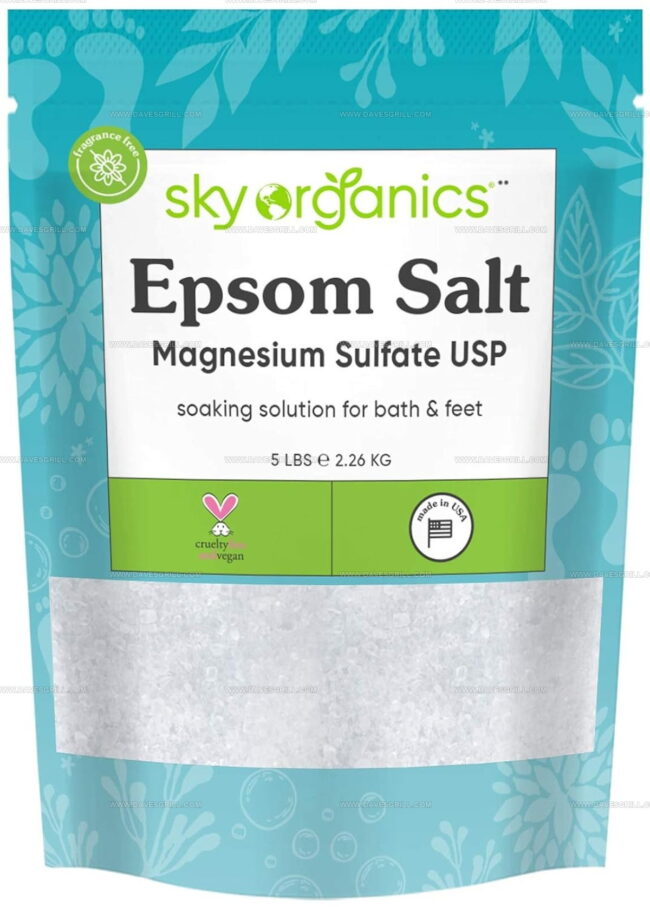
Dave Mitchell
Founder & Chief Recipe Developer
Expertise
Education
Asheville-Buncombe Technical Community College
Associate of Applied Science in Culinary Arts
Focus: Comprehensive training in culinary techniques, kitchen management, and menu planning, with a special emphasis on grilling and outdoor cooking.
Dave Mitchell is the heart behind Daves Grill, a cook, writer, and lover of all things grilled. He studied Culinary Arts at Asheville-Buncombe Technical Community College and spent years cooking, testing, and sharing recipes that actually work.
Dave started Daves Grill to keep things simple: one great recipe at a time. His food is bold, easy to follow, and made for real people with regular kitchens. From juicy steaks to quick sides, Dave’s recipes bring the heat without the hassle.